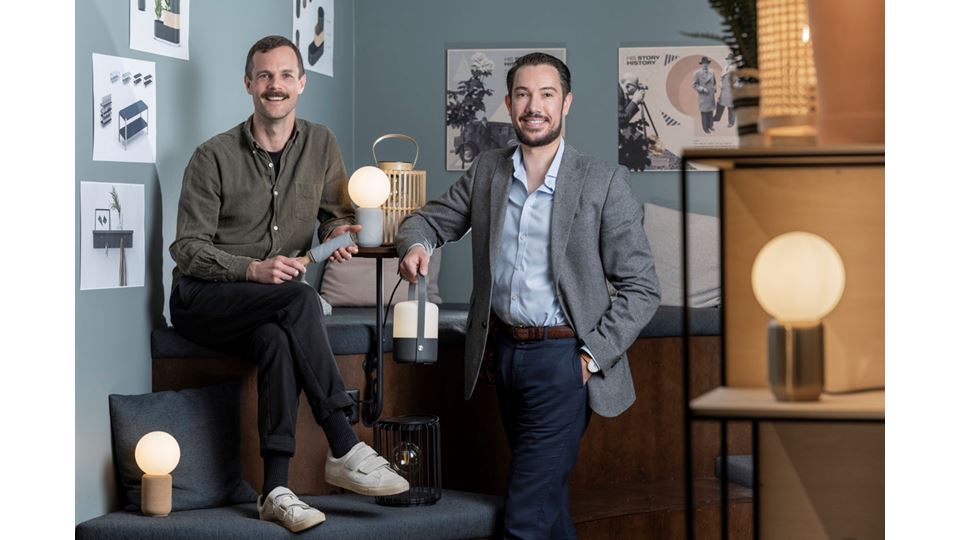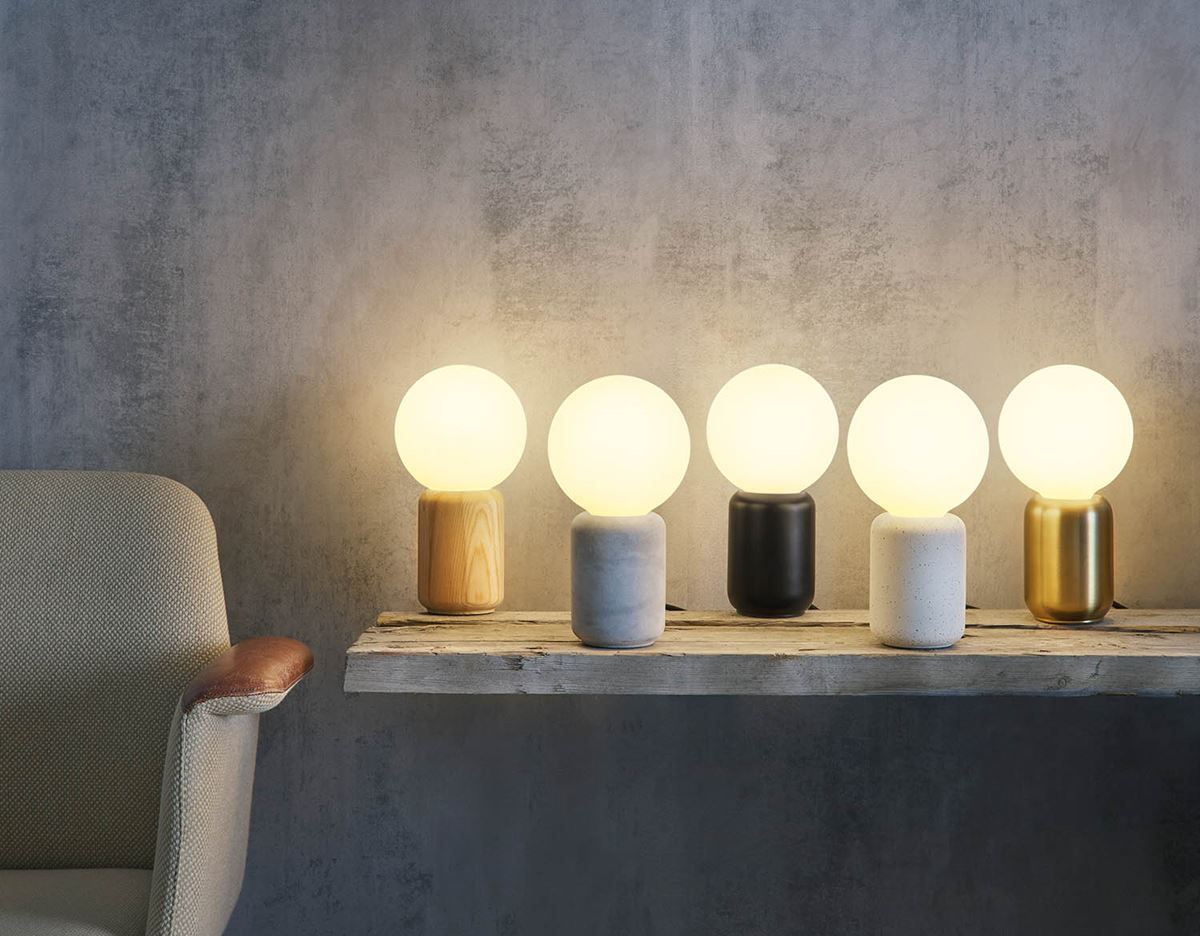
For our team that designs products for our proprietary brands, the sustainability aspect is always included alongside the many other factors that must be considered to find the perfect balance. To assist in this, Clas Ohlson has developed an assessment model in which products are evaluated using a point system that defines how sustainable they are.
"Product sustainability can be a somewhat complex area. A common assumption is that natural materials are the most sustainable, but this is not always true. For example, a lunch box made of glass could be assumed to be made of more natural material than one made out of plastic, and is therefore considered to be more sustainable. But by examining factors such as carbon emissions from transportation and lifespan, plastic can weigh less and have a longer service life than glass, and plastic could therefore be the more sustainable option," says Linus Hagberg, Indusrial Designer at Clas Ohlson.
In the cases where plastic is a better option, we endeavour to work with recycled and renewable plastic to benefit from the functional advantages of the material while minimising environmental impact.

An other aspect that our product design team considers when developing a new product is logistics optimisation. An example of this is flattening packages when possible to minimise emissions from transportation, and making products recyclable when they have reached the end of their service lives.
"This can involve designing the products so that they are easy to disassemble and separate into different materials that then can be recycled," says Thomas Fearis, Senior Industrial Designer at Clas Ohlson.
A considerable amount of our products’ carbon emissions are generated during the production of both the raw materials and the product itself, and not when they are used. It is therefore a target to ensure that the service life of products is as long as possible before they are recycled. An important aspect of this work is ensuring that the products are easy to repair, and that components can be replaced with spare parts. An example of this is that our customers can order new wheels for suitcases when the old ones are worn out.
 In order to further extend product service lives, we have developed a design language for our products that focuses on timeless design.
In order to further extend product service lives, we have developed a design language for our products that focuses on timeless design.
"This means that instead of having trendy products, which is something that consumers can quickly get tired of, we aim for a more timeless appearance that ages well," says Thomas Fearis.
Even if awareness of sustainability is high among our customers, there are other factors to be considered. Finding a balance between sustainability, high quality and design while retaining an accessible price level for everyone is the driving force of these efforts.
"At Clas Ohlson, we endeavour to create products that we and our customers can be proud of," says Linus Hagberg.